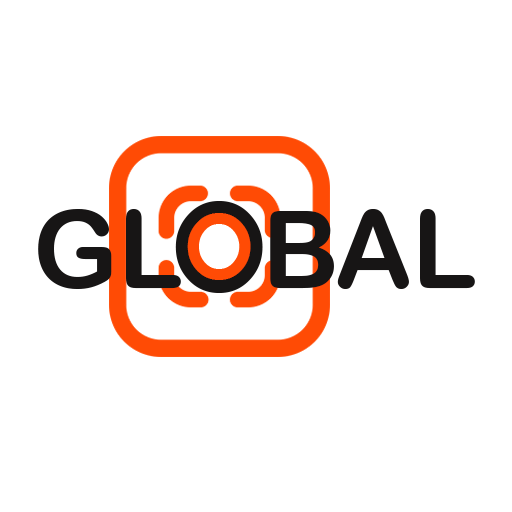As sustainable catering and foodservice demand skyrockets, wholesalers and importers of palm leaf tableware face one key question: how to set the right pricing strategy for maximum profit while staying competitive?
Wholesale markets thrive on volume, predictability, and margins. Understanding how pricing models work in palm leaf tableware can help distributors, retailers, and catering suppliers make smarter decisions when negotiating with manufacturers.

The Core Pricing Models in Palm Leaf Tableware
1. Tiered Pricing (Most Common)
This is the backbone of wholesale deals:
Small bulk orders (5,000 – 20,000 pcs): Standard wholesale price.
Medium bulk orders (20,000 – 50,000 pcs): 8–12% discount.
Large orders (100,000+ pcs): Up to 20% discount.
👉 Ideal for: distributors supplying multiple retail channels or catering businesses preparing for large seasonal demand.
2. Contract Pricing (Long-Term Partnerships)
Global buyers who commit to monthly or quarterly purchase agreements often negotiate better rates. Benefits include:
Locked-in unit prices (hedging against raw material or logistics cost spikes).
Priority in production scheduling.
Loyalty incentives like free custom branding or reduced shipping fees.
👉 Ideal for: national distributors, hotel & restaurant chains, supermarket suppliers.
3. Value-Added Pricing
Some buyers focus not just on cost but also on brand value and customization:
Private-label packaging.
Biodegradable certification logos (FDA/EU marks).
Barcode & retail-ready packaging.
These features allow wholesalers to sell at higher markups while still maintaining eco-friendly credentials.
👉 Ideal for: retailers in premium markets (organic grocery chains, eco-focused e-commerce, boutique catering).
4. Dynamic Pricing for Seasonal Demand
Palm leaf tableware demand spikes during:
Wedding seasons (spring/summer in US & EU).
Festivals & holidays (Christmas, Thanksgiving, Diwali, Eid).
Smart wholesalers use dynamic pricing – slightly raising margins during peak demand while offering off-season discounts to keep factories running at capacity.
Factors That Impact Wholesale Pricing
Raw Material Supply: Palm leaves are seasonal; price fluctuations in Vietnam or India can affect costs.
Certifications: FDA/EU-certified products carry a premium but reduce customs risk.
Shipping & Logistics: FOB vs CIF terms, container load efficiency, and freight rates heavily impact final landed cost.
Exchange Rates: USD/VND or USD/INR shifts influence long-term contracts.
How to Maximize ROI as a Wholesale Buyer
Negotiate tiered pricing with volume flexibility – e.g., secure discounts at 50k pcs even if you start at 30k pcs.
Ask for bundled services – packaging, labeling, and QC reports included in unit cost.
Lock in contract pricing during low-demand months.
Work with suppliers who understand export compliance – avoiding customs issues saves time and money.
Final Thoughts
Wholesale pricing in palm leaf tableware isn’t just about getting the cheapest quote. The most successful importers and distributors use tiered discounts, contract pricing, and value-added strategies to balance cost efficiency with market positioning.
With Vietnam emerging as a leading source of eco-friendly tableware, aligning with the right supplier can turn pricing strategy into long-term profitability.
👉 Looking to optimize your wholesale pricing strategy?
👉 Contact our Vietnam factory directly for wholesale orders.
Tiered discounts for every order size.
FDA/EU certifications for customs clearance.
Custom packaging & labeling for global retailers.
🔗 Internal Linking
Palm Leaf Tableware Manufacturer & Exporter from Vietnam
Palm Leaf Tableware for Weddings, Festivals & Large Events
Why Certifications (FDA/EU) Matter When Importing Palm Leaf Tableware
How to Select a Reliable Palm Leaf Tableware Supplier in Vietnam











